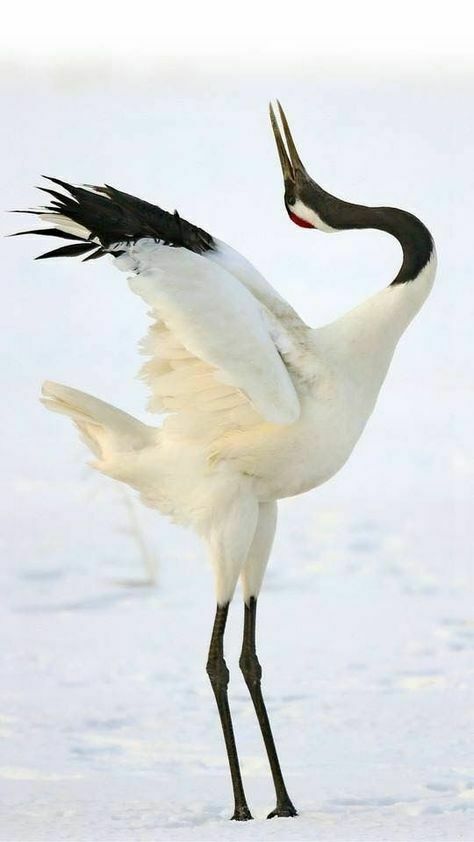
JAPAN IN WINTER. The Crane
Because their migration routes defy the borders of nations, cranes are emblematic of peace and unity among diverse peoples.
In Japan, the crane, or tsuru, is a national treasure and is considered the bird of happiness. It is depicted in art, literature, and mythology as a symbol of good luck and longevity because it is said to live 1,000 years. An ancient Japanese legend promises that when you fold a thousand origami cranes, you will be granted a wish by the sacred crane.
- In more recent years, the crane has become a symbol of peace, hope, and healing during challenging times. This is based on the post-World War II story of Sadako Sasaki and her unforgettable tale of perseverance. Diagnosed with leukemia at age 12 due to radiation exposure after the bombing of Hiroshima, Sadako became determined to fold 1,000 cranes in hopes of recovery, happiness, and a world of eternal peace. Although she was able to fold only 644 cranes before she died, her classmates folded the remaining 356 in her honor – the ultimate testimony to loyalty and hope for a better future.